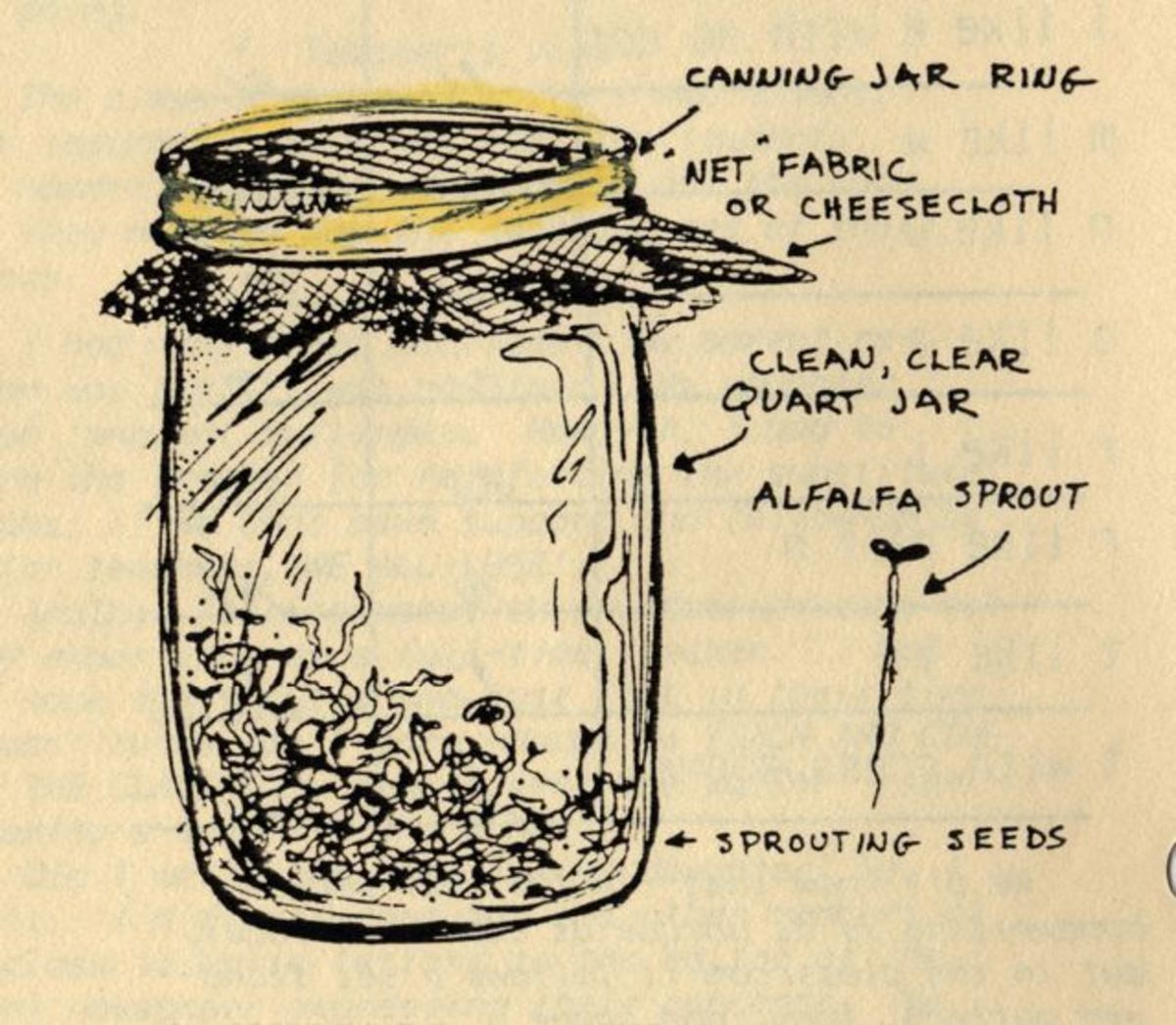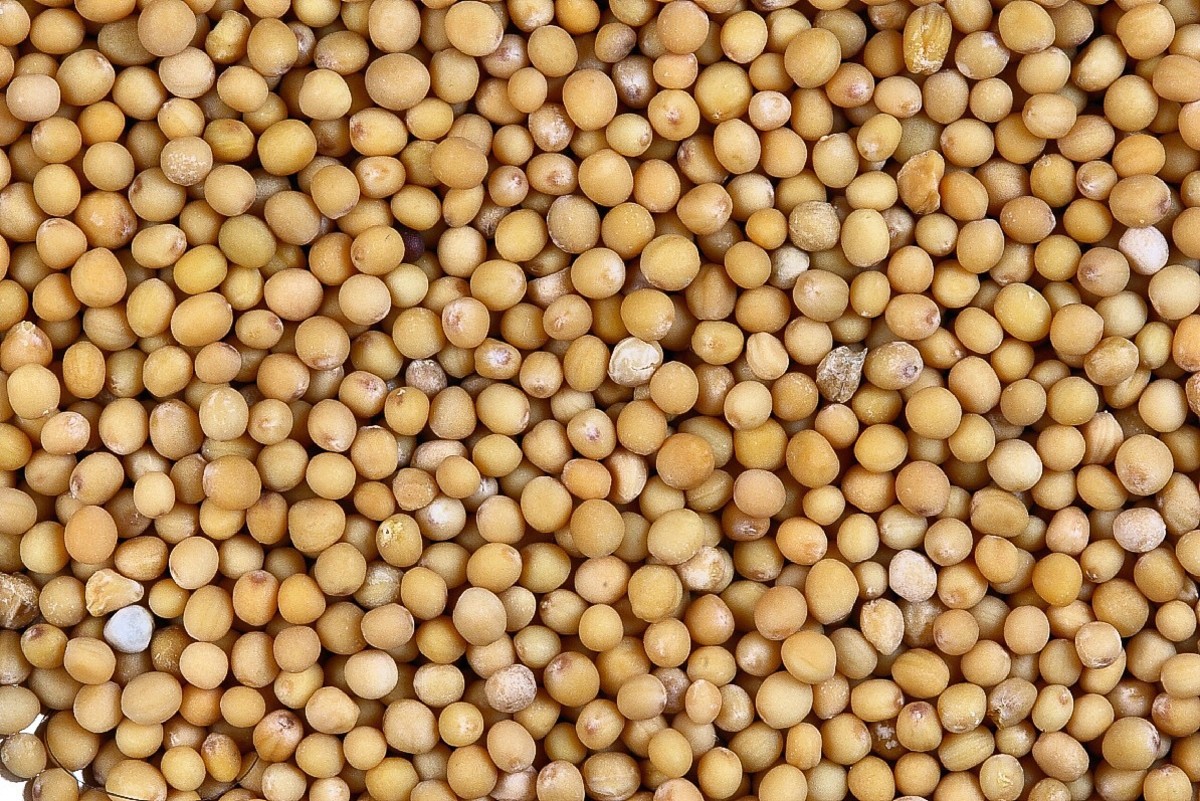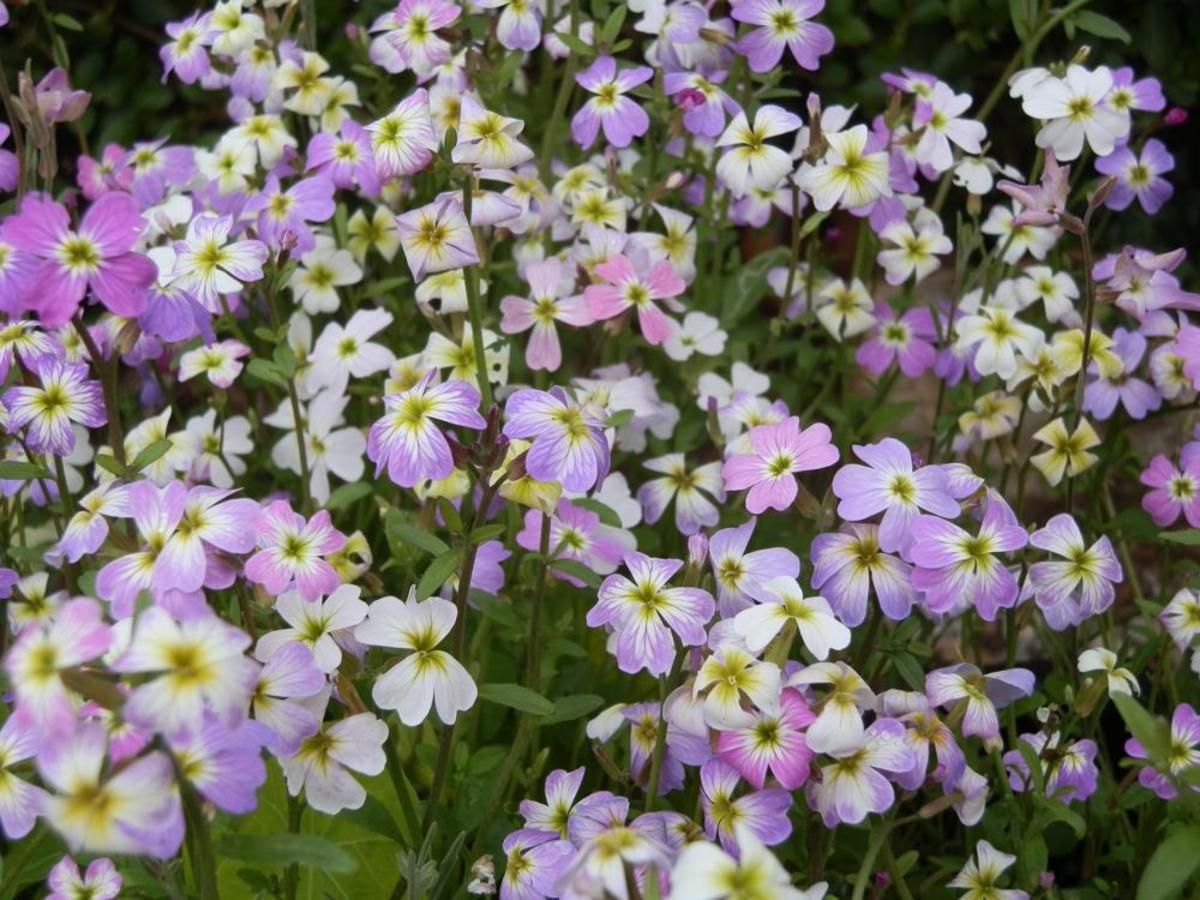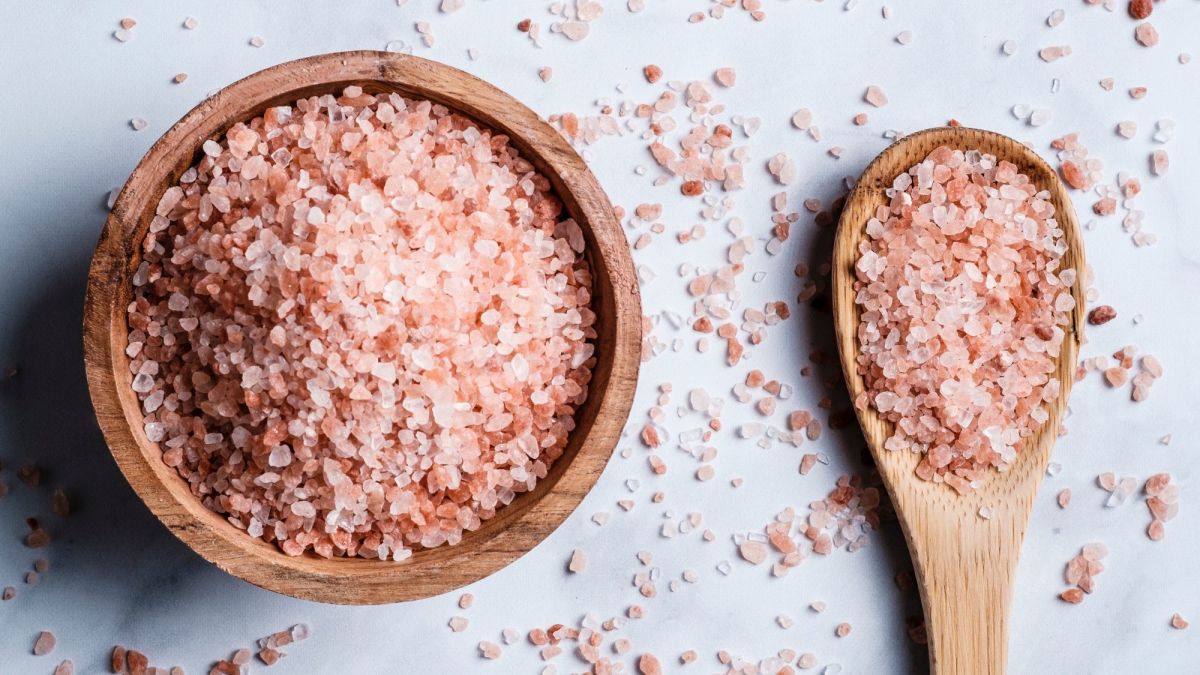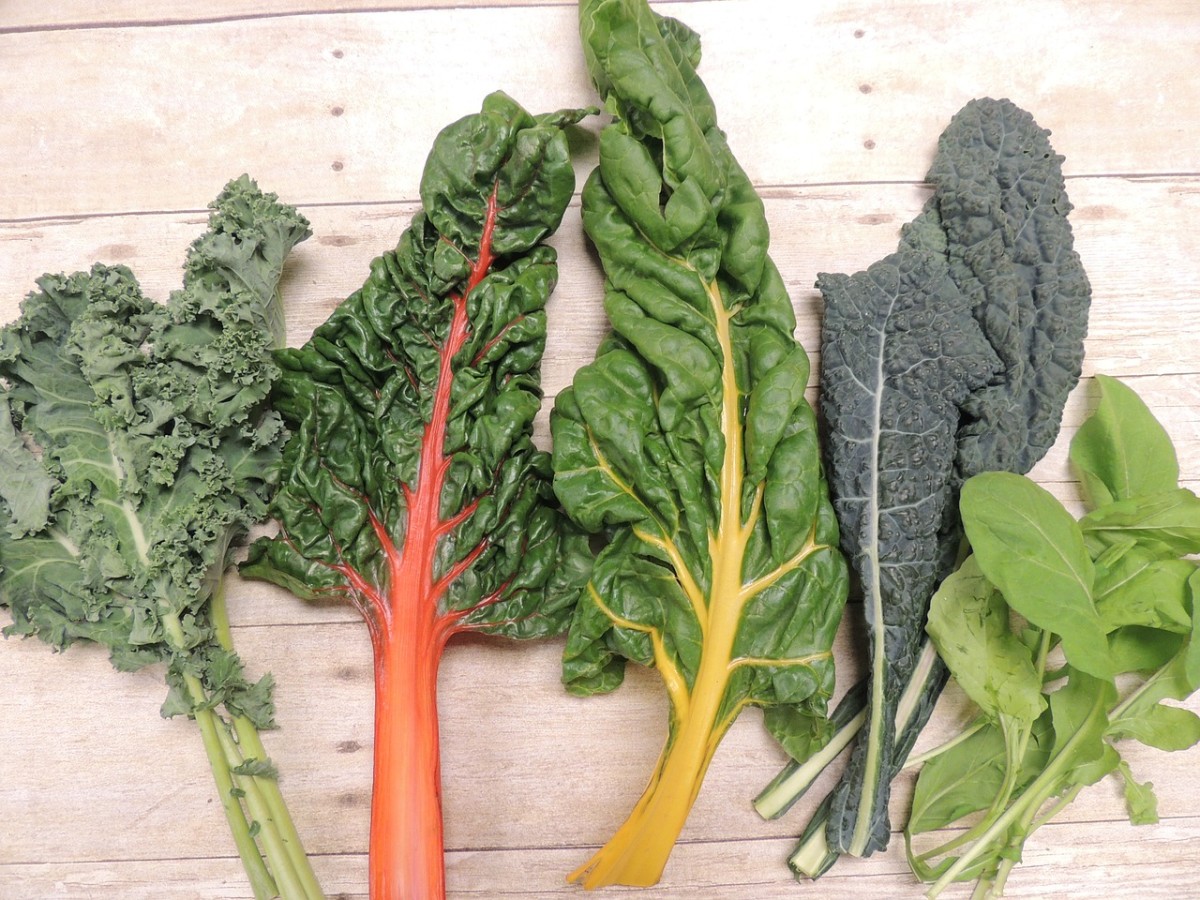SPROUTS and SPROUTING
What Are Sprouts?
Sprouting is ‘bench top organic vegetable gardening’.
Sprouts are incredibly nutritious and are a miracle food. As a ‘living food’, sprouts continue to grow higher in nutritional value after being harvested. The most powerful enzyme-rich foods are sprouts.
Sprouting is the process of germinating seeds to be eaten raw or cooked.
When seeds are soaked, the dormant seeds turn into a nutritional powerhouse.
Sprouting seeds, legumes and grains increases their enzyme content as much as 43 times more than non-sprouted foods. The enzymes boost the life-giving activity in our body, while helping our body digest the nutrients in our foods.
Sprouts have the highest concentration of nutrition per calorie of food. The nutritional content of sprouts is many times greater than the original food value of the seeds and beans from which they sprout. Sprouts contain an abundance of anti-oxidants that prevent harm to our DNA.
Another benefit to eating sprouts is that there is no preparation time.
Brassica sprouts are easy to grow, and are believed to stimulate the immune system and have a tonic effect on the body. Sprouting and growing microgreens are easy ways to add essential vitamins and enzymes to the diet.
A great combination of nutrition and taste include: broccoli, kale, red mustard and red cabbage.
These can also be grown as microgreens.
Seeds
The seeds of any bean, lentil or grain are basically small plant embryos nestled within a seed coating. The seed coating offers a protective layer for the embryo, keeping all necessary nutrients and stored energy safe in the surrounding environment.
The stored energy and nutrients within each seed are triggered by water, oxygen and sunlight, and when that energy is set in motion, the seed starts working to produce a new plant. The sprouting of seeds and grains happens once that energy and all the nutrients found within the seed have been activated.
Seed Storage
Proper storage is essential to maximizing the germination potential of all dormant seeds, beans and rains.
Basic storage is in the cool, dry and dark.
Seed like can be maximized by freezing. This will increase shelf-life by four to five times.
Containers and Storage For Sprouting
Jar Sprouters
A sprouter can be made simply by utilizing a large glass jar with a wide, straight neck. Flywire, muslin or cheesecloth and a rubber band make for a perfect lid.
The lid needs to allow sufficient aeration and drainage, otherwise mouldy, dead seeds may result.
Commercially available sprouters suit a wide range of seeds, are versatile, and make it easy to produce a continuous supply as additional levels can be added every few days (depending upon model).
There are many different commercially available sprout-growing containers, ranging from jars, domes and bags to fully-automated systems.
Storage of Sprouts
Once the sprouts are ready they are to be stored in a refrigerator.
Sprouts store best when very well-drained and stored in a container that is able to breathe.
Rinsing every few days then draining well will prolong storage life.
Any seeds or sprouts that have even the slightest hint of mould must be discarded.
Growing Sprouts
Growing sprouts and microgreens reduces your ‘food miles’ with a garden that is not at the mercy of the elements and pests. It also doesn’t take up too much space as a bench near a window with access to a sink is ideal.
Sprouts are incredibly nutritious and contain high levels of B Vitamins, C, E and A - up to 15 times their original content. The raised quantity of enzymes aids with digestion.
Sprouts can be grown most of the year, although just like all other seeds, for successful germination, sprouting seeds have a temperature range of between 20 degrees Celcius to 25 degrees Celcius.
Each seed, bean or nut has its own ideal sprouting time, but usually after three to five days they are ready to eat. If left loner, they will develop leaves and turn into ‘bay greens’, which are also edible and nutritious.
Sprout growth can be slowed or halted by refrigeration.
Only start sprouts if you will be available to look after them for the following 3 to 5 days.
Avoid very cold or very hot periods. In Winter, a heated propagator tray may be beneficial.
Wash seeds with fresh water before soaking and *de-hulling.
Soak the seeds (as per packet directions according to your chosen seeds). Soaking and rinsing the seeds will remove its enzyme inhibitors and the seed will begin to germinate. In this process, all of the resting nutrition in the seed will begin to break down into separate amino acids and complex starches break down into simpler carbohydrates. The plant starts to multiply in its nutrient content in preparation to become a full-sized plant. This results in a fibre-rich food full of vitamins, minerals, proteins, and in some instances even essential fatty acids.
Seeds that are getting ready to germinate will soak up a lot of water, which they require in order to activate the enzymes inside that trigger the cells to start growing and duplicating. Once the plant embryo inside the seed grows large enough it cracks open the shell of the seed and extends the tip of the root (or sprout) so that the growing plant may absorb water and nutrients from the soil.
Be careful not to over-soak as this can kill your sprouts. If the water and seeds go murky and a scum forms on the surface, the seeds have been over-soaked and are best discarded.
Avoid soaking too much seed at any one time, and do not over-crowd the seed-sprouter. Too much seed in your sprouter encourages seeds to suffocate and die. This can cause un-germinated seeds, sliminess and an ‘off’ smell. Begin with less seeds and check the sprouter’s capacity when the sprouts are ready.
As with all living things, oxygen is necessary for metabolism and provides energy. For most rains, seeds and legumes, oxygen is required to keep the growth process going.
Good aeration and a plentiful supply of fresh oxygen is required as it gives life to the seeds. All living things need to breathe. Poor drainage will cause to seeds to rot.
Rinse the see at least 3 times per day. Water is the key ingredient in growing sprouts.
During hot temperatures, rinse more often.
Thorough rinsing as most important as the water provides the moisture necessary to activate growth.
Rinsing also flushes away any waste products and re-oxygenates the seed. Failing to rinse will cause the seeds to shrivel and die, as will hot, direct sunlight. If seeds begin to dry out, soak them briefly then drain well.
To produce leafy, green sprouts, daylight is required, but also avoid direct sunlight.
** If you are unable to tend to the seeds on hot days, refrigerate the sprouts until you return.
The 5 Basic Rules of Sprouting
1 Rinse seeds often.
2 Keep them moist, but not too wet.
3 Keep them at room temperature, not too hot or too cold.
4 Give them plenty of breathing space.
5 Do not over-fill the container.
Grow Your Own Foods
- Growing Wheatgrass Oats and Barley
Wheatgrass and other grasses such as oats and barley are believed to have superior health giving qualities and contain beneficial anti-oxidants and enzymes. - Microgreens
Microgreens are high in nutritional value and are an alternative to sprouts. - ORGANIC PEST CONTROL - Recipes and Remedies
- COMPANION PLANTING - Plant Guide
- COMPANION PLANTING - The Basic Concepts
- The Self-Seeding, Self-Sowing Vegetable Garden

